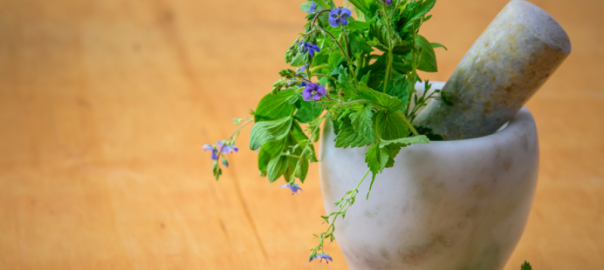Herbal infusions: how and why they were used in different countries
For thousands of years, people have been preparing herbal infusions from a variety of medicinal plants. Each of them had its own purpose and was used in different cases, both in the form of a refreshing cold and a warming hot drink, for pleasure as well as for medicinal purposes.
Nowadays, people compensate for excessive consumption of sweets, alcohol and other harmful products with the help of medicines, and several millennia ago it was possible to compensate for the influence of these products on metabolism only with the help of nutrients of herbal infusions.
In ancient Russia, one of the most popular traditions was the preparation of a fragrant herbal infusion. The people believed in the effectiveness of various herbal infusions so strongly, that in the summer months, peasants collected medicinal plants, which were then used dried all year round.
Herbal infusions were also consumed by the ancient Greeks, Chinese, Egyptians, Indians and Romans. Ancient Greek doctors and scientists, Avicenna and Galen, used infusions and herbal medicinal herbs to treat their patients.
Since the earliest stages of human development, plants have helped people get rid of a number of diseases. The most ancient inscriptions of surviving medical notes were found during excavations of the Sumerian city, in which 15 prescriptions were given. Doctors of the ancient Sumer used mustard, fir, pine, thyme, willow and other plants.
Our ancestors left us many recipes and instructions for their preparation and, with the development of the pharmaceutical industry, these miraculous herbs began to be used not only in folk, but also in non-traditional medicine.
For many people, the use of herbal infusion became the first step in the transition to a healthy lifestyle. Plant leaves, bark, seeds and flowers were used for the production of these drinks. The longer the infusion was prepared, the more nutrients the plant extracted.
Herbal infusions were used as:
Medicine,
A refreshing or warming drink,
An ingredient for home cosmetic and medical products, as a variety of ointments for skin care,
Natural fertilizers for the garden or repellents from insects.
Herbal infusions could treat osteoporosis, anxiety, adrenal burnout, eczema, diabetes, sinus problems, allergies, hormonal problems, infertility, joint pain, high blood pressure and much more.
Nowadays, the most popular plants for herbal infusions are nettle, comfrey, mullein and red clover, as well as mint, ginger and chamomile.
It is important to note, that some herbs can harm the human body in case of excessive consumption. Before making and consuming herbal infusions, it is necessary to consult with your doctor for detailed instructions.
Despite the fact, that the preparation of a herbal infusion takes little time, it can be consumed for several days.
To prepare a herbal infusion, you will need three things:
A tablespoon of dried herb to choose from
A cup of boiled hot water
A clean glass jar with a tight lid.
Depending on the desired portion, you can increase the number of ingredients. After brewing, it is necessary to strain the waste grass with a gauze or mesh filter. If necessary, you can repeat the procedure, and the infusion can be stored in the refrigerator for up to 48 hours.
The nutritious herbal infusions provide a large amount of calcium and other minerals, vitamins, essential fatty acids and proteins in their most natural form. They also contain anti-cancer phytochemicals, necessary for survival in the modern world.
Nowadays, most people prefer to drink a cup of tea instead of herbal infusion, due to the lack of time, but our ancestors believed that certain nutrients from the dried plant could be obtained only after prolonged brewing in hot water.





